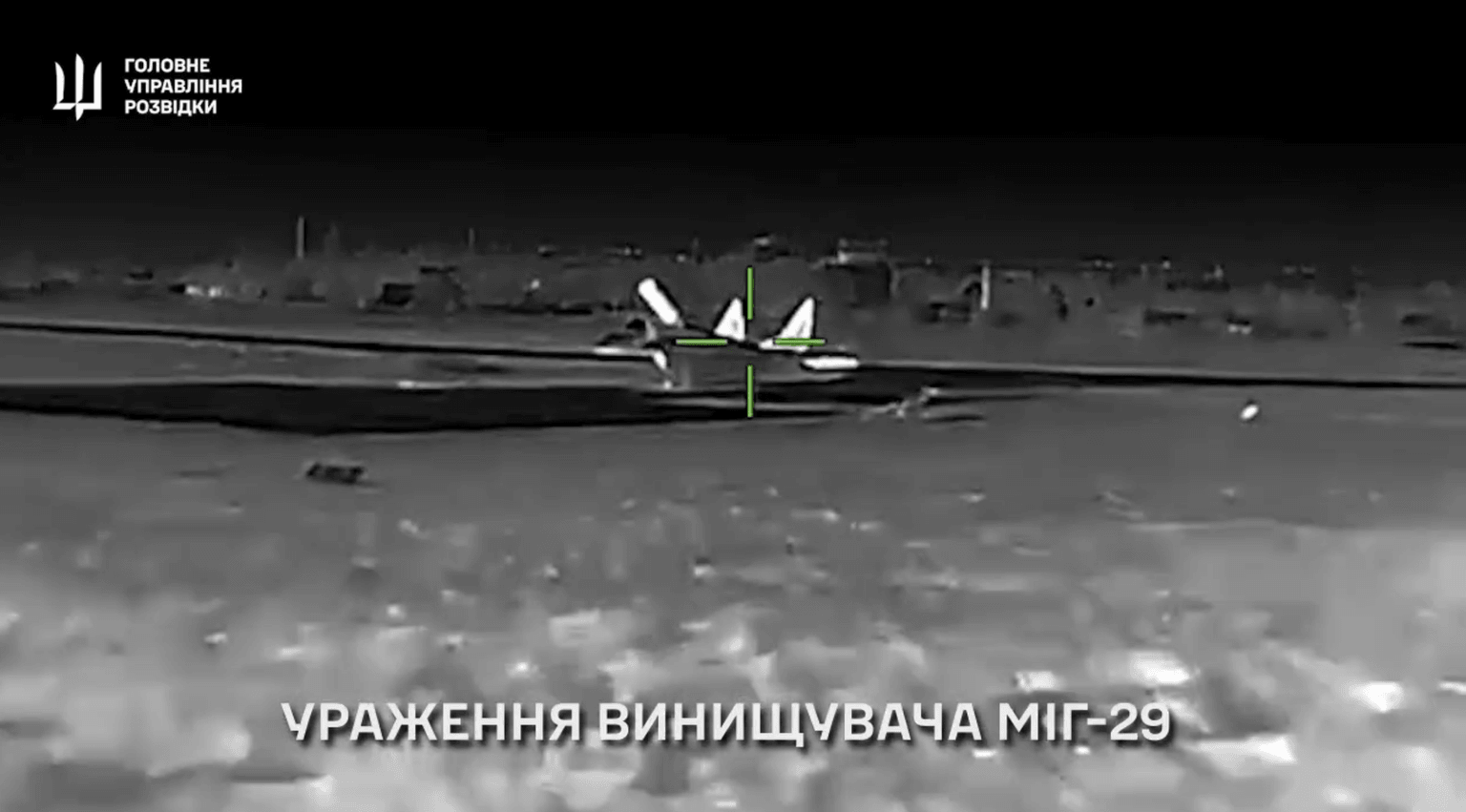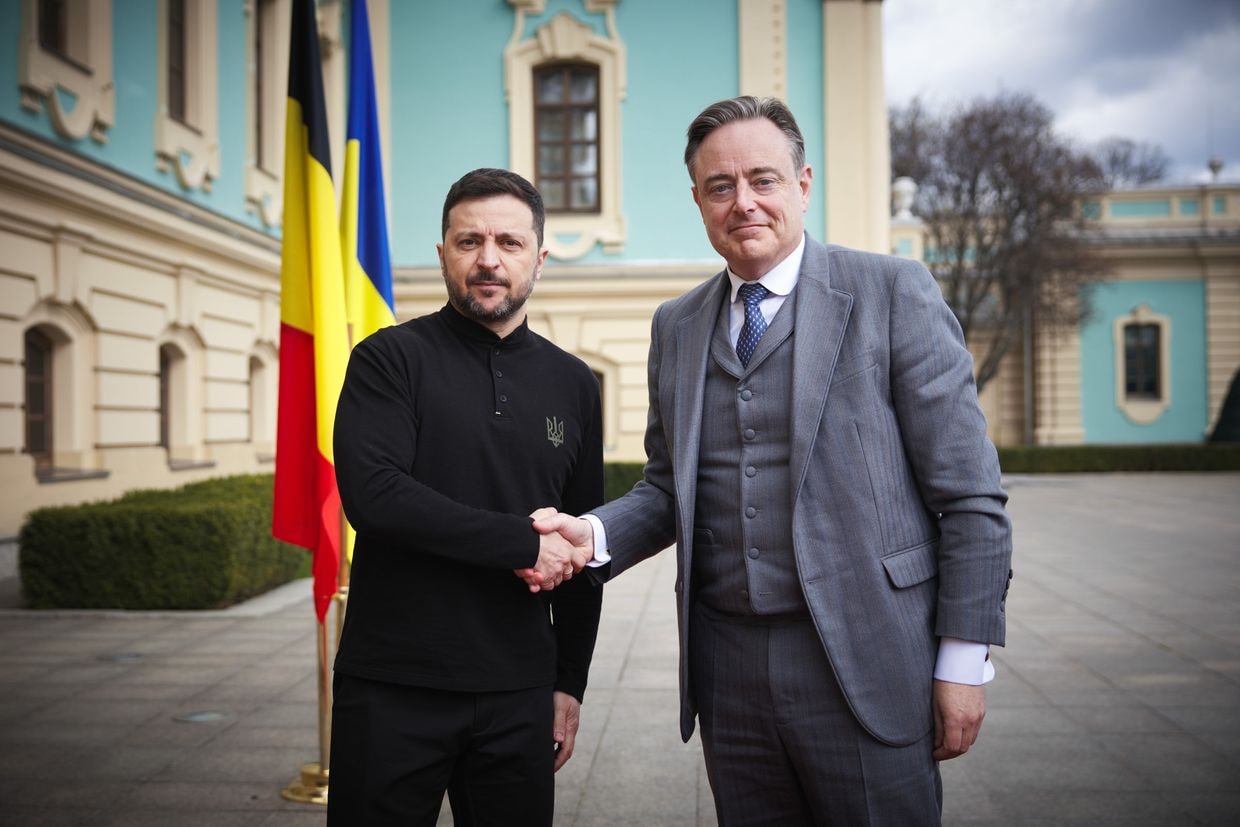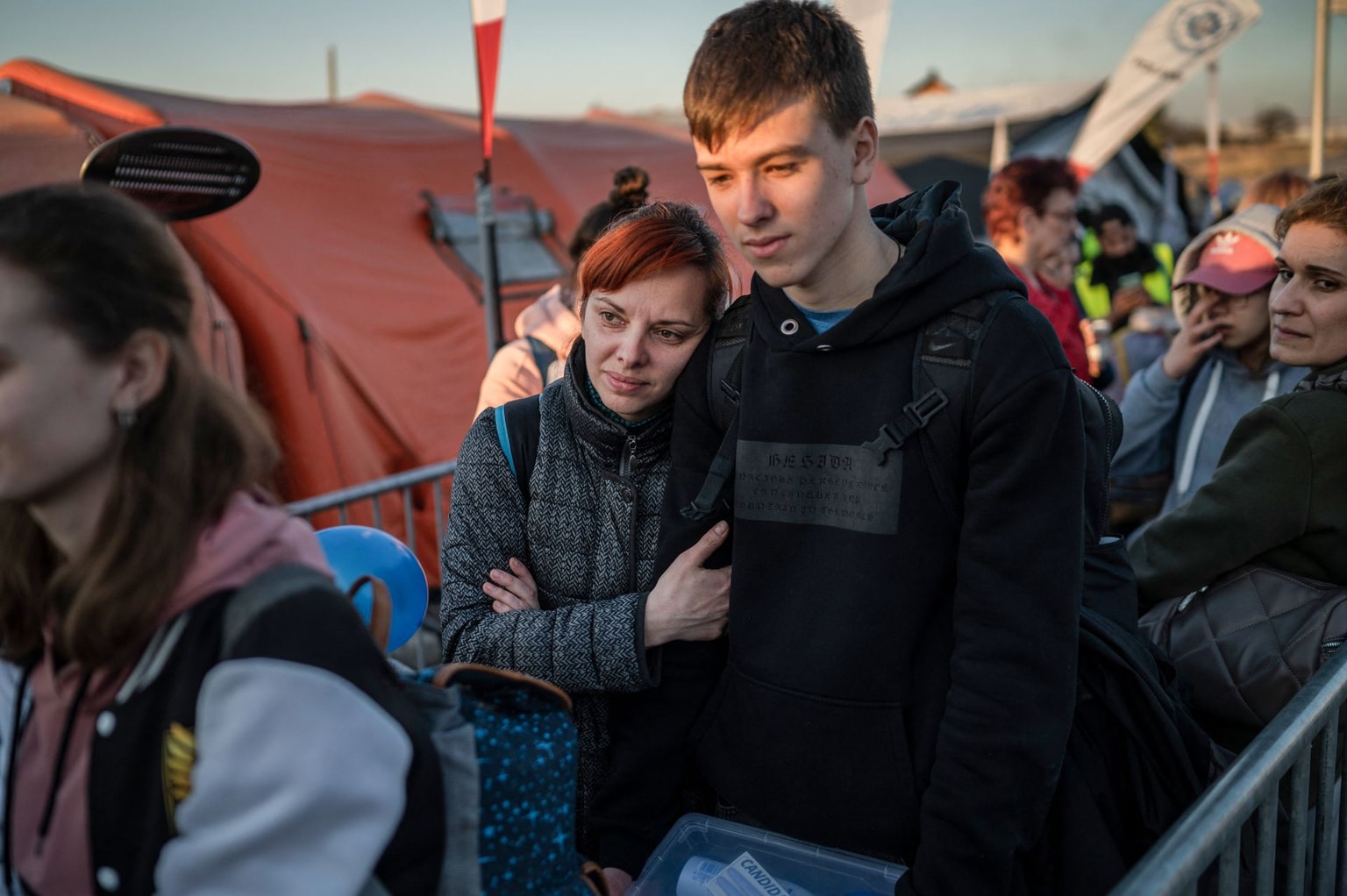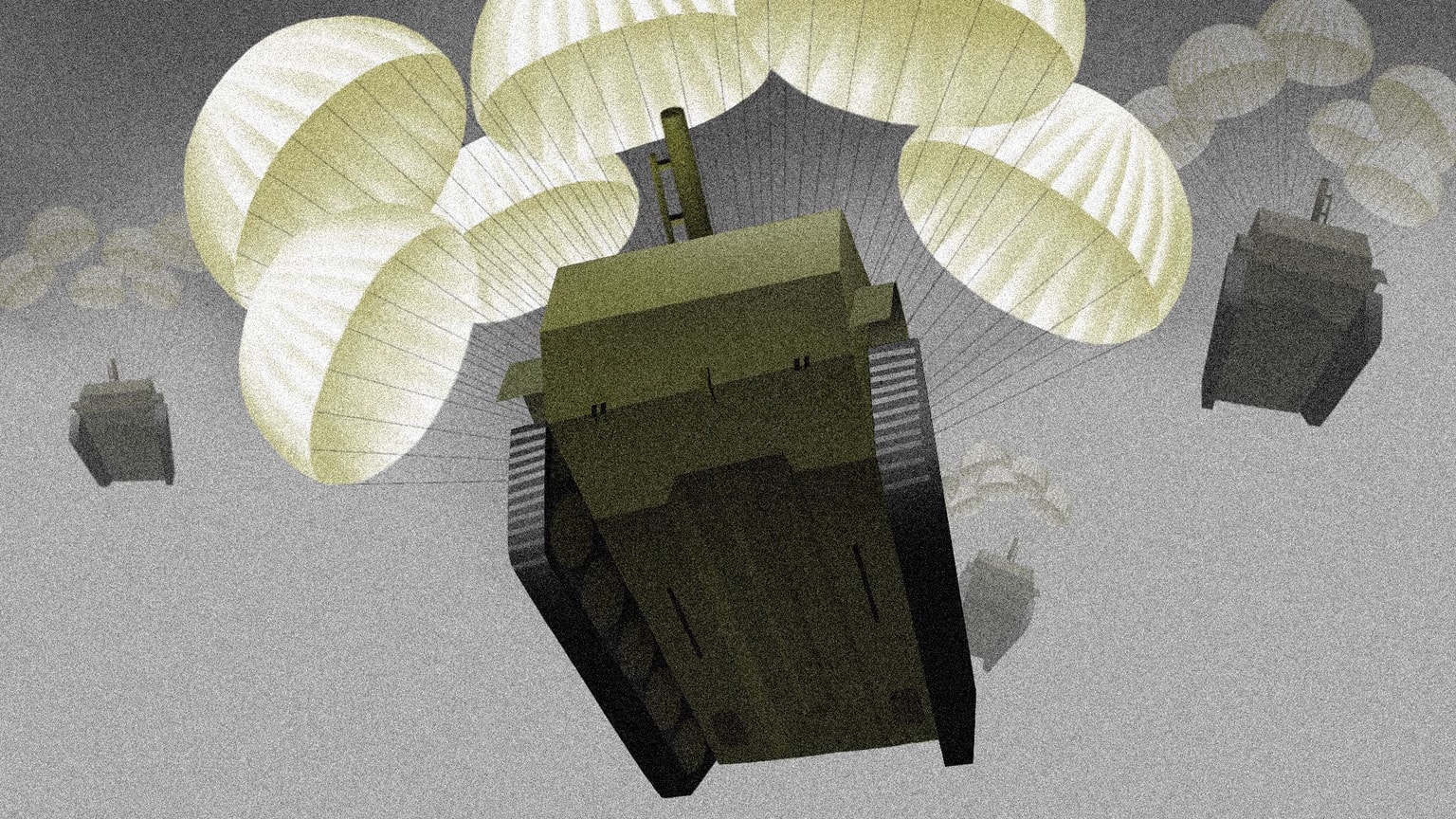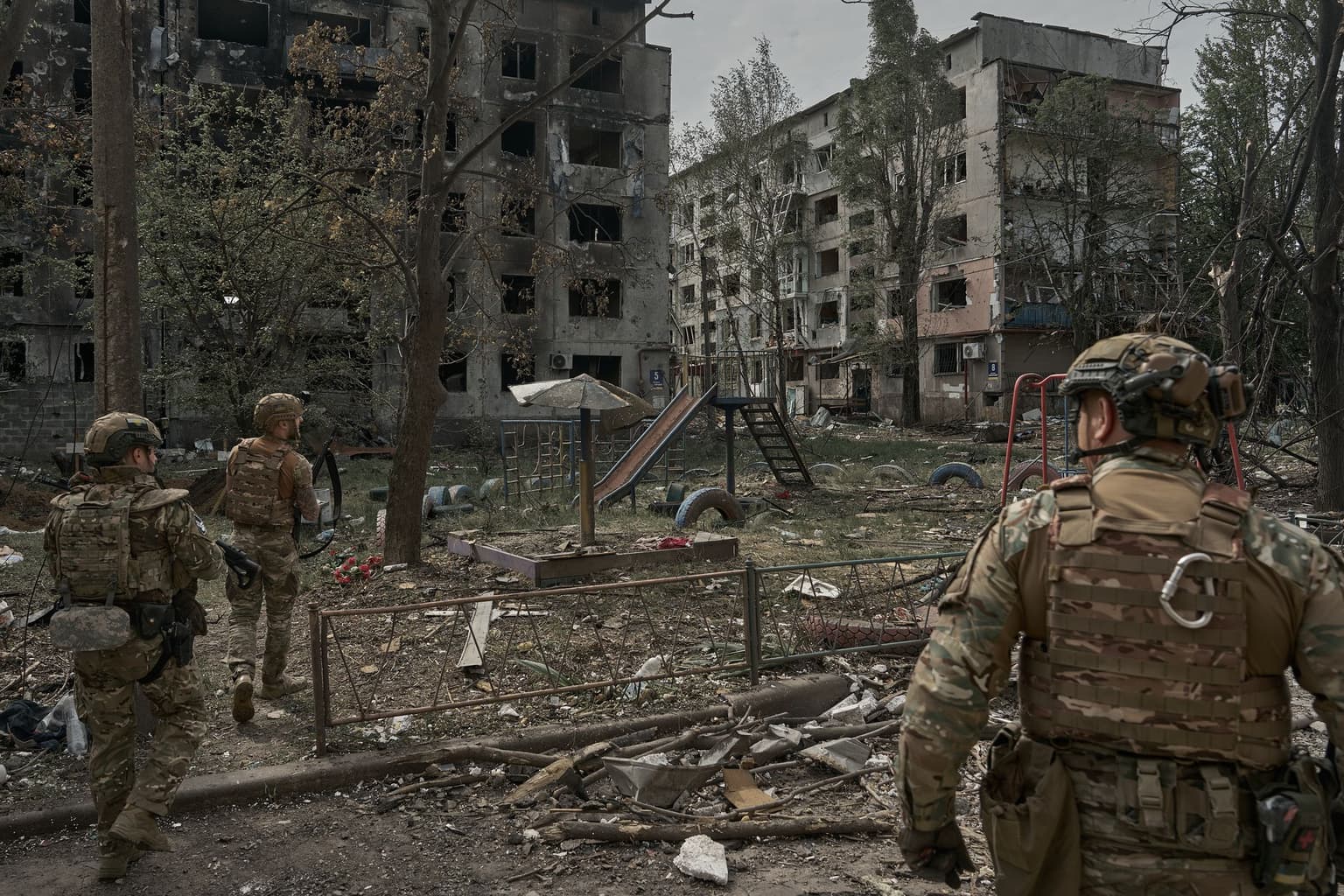
What the fall of Pokrovsk would mean for Ukraine — and Russia
National Police of Ukraine’s White Angels unit in Pokrovsk, Donetsk Oblast, Ukraine, on June 19, 2025. (Kostiantyn Liberov / Libkos / Getty Images)
With Russia throwing enormous forces into Pokrovsk to finally capture the eastern coal-mine city, questions are rising over what will happen next and whether Ukraine is ready.
Taking advantage of foggy weather that hampers drones to ramp up the offensive, Russian troops are trying to end the more than a yearlong battle.
After capturing what’s left of Pokrovsk, Russian troops would likely push toward the town of Dobropillia to the north, according to Pasi Paroinen, an analyst with the Finland-based open-source analysis organization Black Bird Group.
Paroinen said that while Russia would also likely try to advance deeper into the adjacent Dnipropetrovsk Oblast toward the town of Mezhova to the west, its main focus would remain in Donetsk Oblast. He believes that Russian troops would try to recapture the areas east of Dobropillia that they occupied during the August breach but lost to Ukrainian counterattacks.
But regardless of Russia’s fighting capability after the capture of Pokrovsk and a brief operational pause that would likely follow, the condition of Ukrainian units deployed there will set the pace of future battles, Paroinen stressed.
"A lot will depend on what is the state of Ukrainian forces after Pokrovsk and Myrnohrad," Paroinen told the Kyiv Independent. "I think the crucial question is: Was it worth it to hold on to these towns that are now very difficult to hold and defend?"
Russian troops are closing in on the Ukrainian pocket, leaving only about a 10-kilometer (about six miles) gap to allow Ukraine to keep supplying troops and equipment into Pokrovsk and Myrnohrad, according to the Ukrainian open-source battlefield monitoring group DeepState. Russia has traditionally relied on an encirclement tactic to eventually force a Ukrainian withdrawal.

Pokrovsk, once a key Ukrainian logistic hub tucked away in the relatively quiet part of Donetsk Oblast, has long remained a focal point of Russia's offensive.
Since capturing Avdiivka, a town about 45 kilometers (about 28 miles) to the southeast, in February 2024, Russian troops have been inching toward Pokrovsk and reached the city’s outskirts at the end of the year.
It’s unclear how much longer Ukraine can hold on to Pokrovsk. President Volodymyr Zelensky said in late October that Russian troops outnumbered the Ukrainians eight to one in the Pokrovsk sector. The 7th Corps of Ukraine's Air Assault Forces deployed in the area admitted on Nov. 12 that Russia’s recent large-scale assault using light vehicles to attack Pokrovsk was "partially successful."
Is Ukraine prepared?
Past Pokrovsk, Ukraine appears to have prepared "a very complex network" of numerous anti-tank ditches and Dragon Teeth obstacles to prevent a further Russian breakthrough, Paroinen said, citing satellite images.
While the "most important" defense fortifications appear to be built, satellite images do not clearly show small infantry positions, Paroinen said. He said it is "difficult to imagine" that Ukraine did not build them, as it had ample time to do so.

Fortifications have long been a weak spot for the Ukrainian army. After Russia captured Avdiivka in 2024, its troops kept advancing, raising concerns about whether Ukraine had adequately prepared for the town’s fall. In areas that had been far from the front, such as northeastern Sumy Oblast and Dnipropetrovsk Oblast, Russia was able to suddenly open new fronts. Soldiers later voiced anger over what the Ukrainian army and local authorities responsible for building fortifications had been doing while the fighting was raging elsewhere.
Once the battle for Pokrovsk is over, Ukrainian units deployed there will be "very exhausted and very depleted," as defending the round salient requires more forces than a linear front line, Paroinen explained. They have been holding onto the Ukrainian pocket despite the extremely complicated supply routes for over a month now.
It’s unclear whether the Ukrainian army can afford to deploy reserves to replace the battle-exhausted brigades that have long fought in the Pokrovsk sector. When Avdiivka was about to fall to Russia, Ukraine was able to send an element of the elite 3rd Assault Brigade in to allow troops to evacuate. Serhiy Hrabskyi, a retired Ukrainian colonel and military analyst, said at the end of October that well-trained reserves are what the military lacks the most.
If it becomes too costly for Ukraine to hold onto a pocket like the one around Pokrovsk, the battle can turn into a "pretty good" opportunity for Russia to wage attritional warfare, according to Paroinen.
Many units defending the Pokrovsk sector, such as the 25th Airborne Brigade under the 7th Corps, had been fighting in other hot spots of the war before being sent to Pokrovsk. After fighting battle upon battle, many of these experienced brigades are struggling more than ever to refill the losses, especially in the infantry.

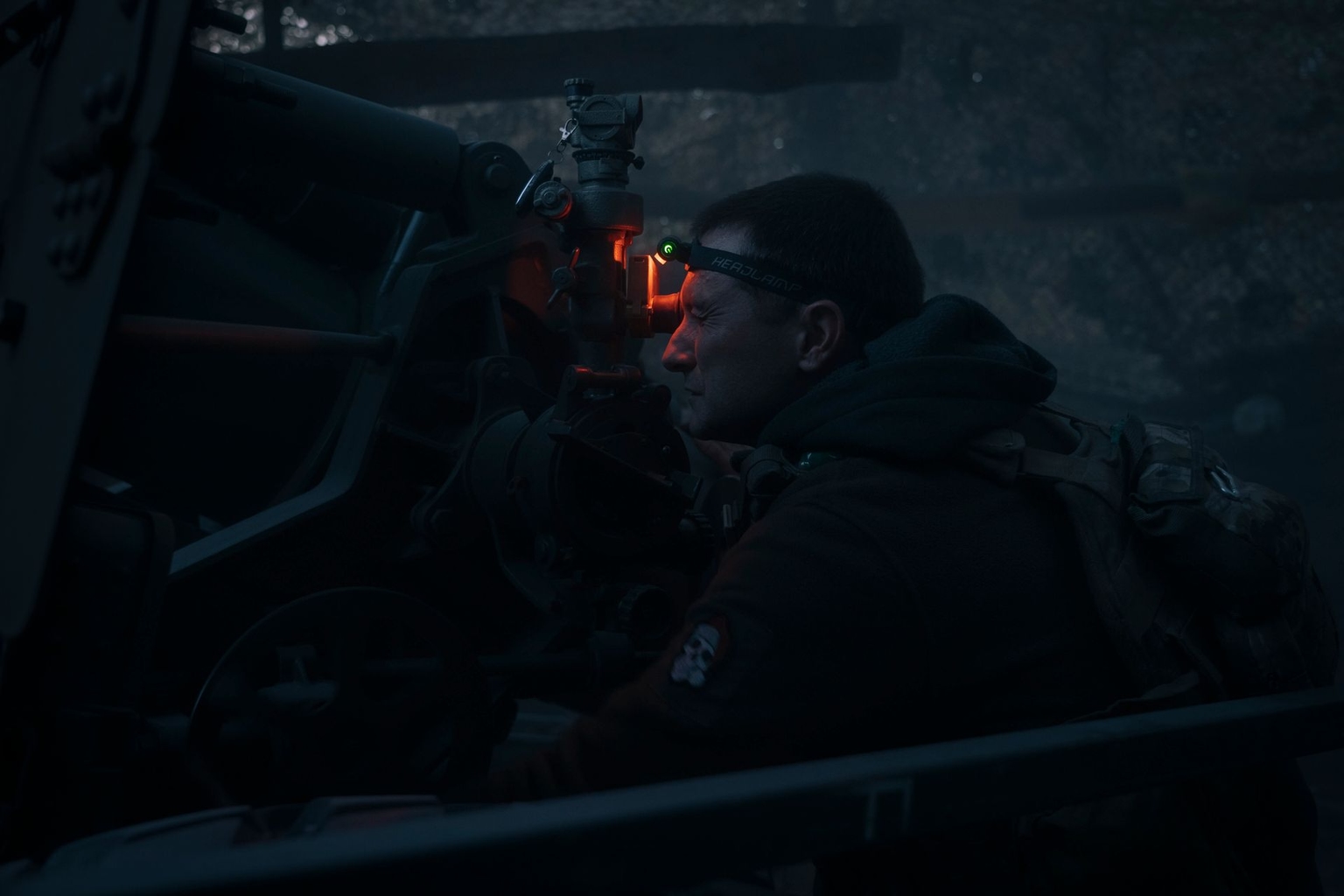
But Pokrovsk’s fall would likely not significantly impact the rest of the front line, as Ukraine has already had to relocate its logistic hub elsewhere deeper in the rear, Paroinen assessed.
The question that remains is whether Ukraine will have enough fighting power after its fall to slow down Russia’s pace of advance.
Russia’s next moves
Capturing Pokrovsk, home to a railway and highway intersection, would give Russia at least some logistical benefit for future offensives, according to two Western analysts interviewed. The M30 highway is a key route connecting cities further west in Dnipropetrovsk Oblast, including Dnipro, with the last Ukrainian strongholds in Donetsk Oblast to the north, such as Kostiantynivka.
While Russian troops have always been trying to encircle Kostiantynivka, a transport hub about 50 kilometers (about 30 miles) to the northeast, they will likely intensify the Kostiantynivka offensive once Pokrovsk falls, according to Paroinen. Kostiantynivka, which was also once considered safe in Donetsk Oblast, is now surrounded on three sides and suffers from heavy Russian attacks.

The expert assessed that it would take a long time before Russia could use the railway to bring in troops and equipment from Donetsk, the regional capital of the region that Russia occupied in 2024. The fighting has to be pushed at least 20-30 kilometers (about 12 to 19 miles) away to prevent the logistics from being hit regularly by Ukrainian artillery and drones, he added.
As Ukraine’s mining capital since 2014, Pokrovsk, once home to approximately 60,000 people, also has an extensive mine network deep underground, which could provide a suitable shelter for Russian troops.
Austrian warfare expert Tom Cooper believes that Russia would try to cut off Kramatorsk, now the regional capital since 2014, by moving from Pokrovsk to Pavlohrad in Dnipropetrovsk Oblast, while also pushing from the north by advancing toward Izium.
For now, Russia’s relentless assaults on Pokrovsk rage on.
Ukrainian military analyst Oleksii Hetman said that Russia is trying to send as many sabotage groups inside Pokrovsk so there would be at least 1,000 people, and then to attack from the inside.
"(Russian troops are) trying to find a weaker defense spot so that they can send a significant amount of forces and resources, which are people and equipment, there," Hetman told the Kyiv Independent.
The Ukrainian military’s 7th Corps said on Nov. 11 that over 300 Russian troops were inside Pokrovsk.
Hetman stressed the importance of not overestimating Russia’s fighting capabilities, explaining that Russia had deployed a fourth of its army to capture Pokrovsk, yet the battle has raged on for a year and a half.
But Cooper is more pessimistic about the future, as the capture of Pokrosk would mean Russia, whose army heavily relies on the railway, would be seizing a key railway junction.
"Pokrovsk is probably going to be a very important place or something like a center from where they intend to continue their advance," Cooper told the Kyiv Independent.
"So now the question is whether they are going to advance in a western or northern direction."


